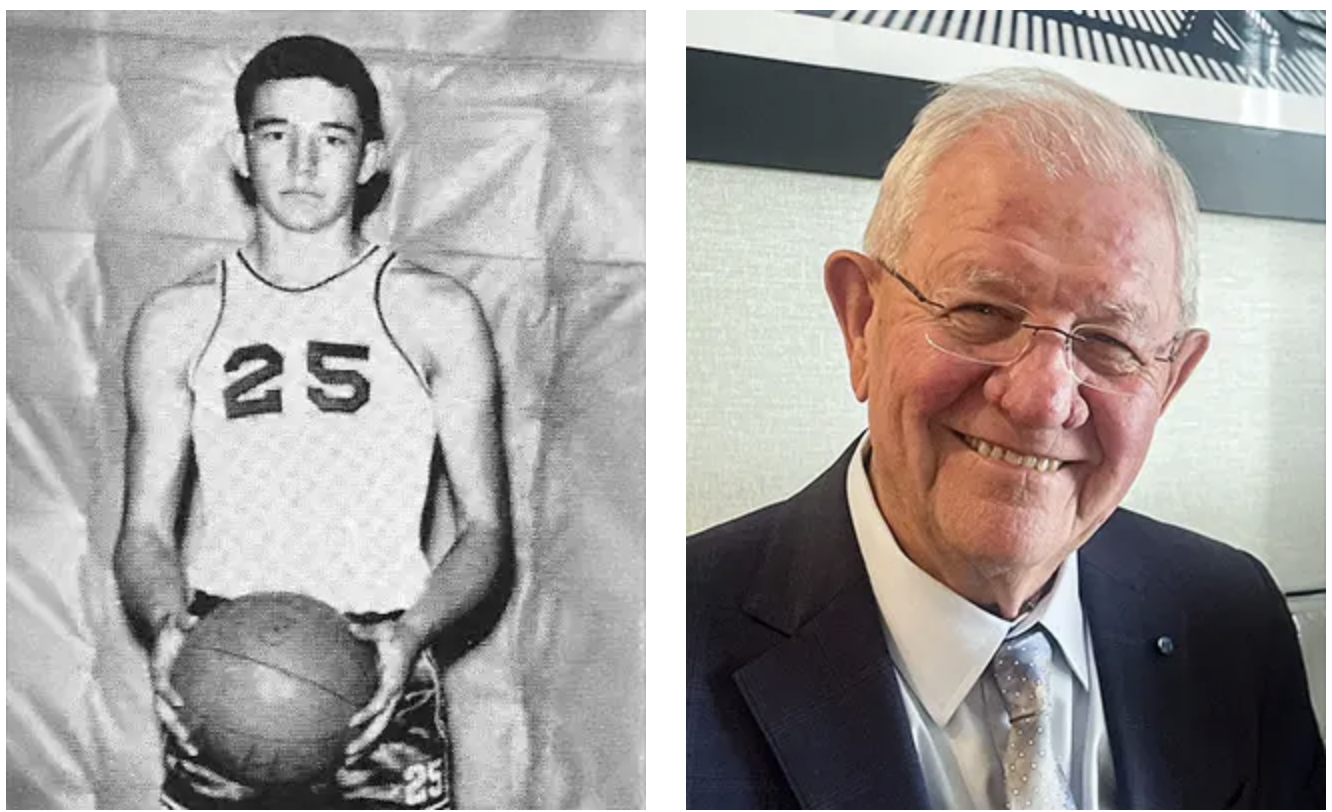After taking patrons to the ballgame and showing off the evolving fashion in the Victorian Era during March and April, the Brown House will be sharing insight on railroad history and an early influencer through August.
The latest exhibits showcase the Gibson Girl, a popular model who influenced the designs of a Barbie doll, and the evolution of railroad technology, such as the conductors watch, the creation of time zones and the telegraph. Along with both exhibits, mannequins in the parlor showcase more evolving fashion in the 1890s as women began engaging in more sporting activities.
“Women are working outside the home, participating in sporting events and doing things with men that they wouldn’t have done before in terms of having a more physical, active lifestyle,” said Guest Services Specialist Tracy Lawson. “It was considered healthy and feminine to be more athletic.”
She added that a lot of changes came about because of evolving attitudes in Wylie and the United States at the time.
“The spread of a national vernacular mindset that was available because of increased magazine circulations or things being delivered on trains,” Lawson said. “It was just like how the internet has opened up our lives.”
Fashion also underwent changes at the same time to accommodate more active lifestyles with extra lining added at the bottom of dresses as hoop skirts were phased out.
In the Gibson Girl showcase, a decorated room showcases an important figure popularized by an artist for Life Magazine. Lawson said the figure drew such an audience that the artist was paid $100,000 in 1905 to create 100 drawings over four years for Collier’s Weekly, another popular magazine at the time.
“The Gibson Girl became such an influence and so popular, that just a drawing with a woman wearing a certain kind of style would start a fashion revolution,” Lawson said. “Advertisers found that they could use her, so she kind of became our first influencer.”
Long after the Gibson Girl was out of circulation in popular magazines, Barbie used similar fashion for one of its dolls in 1993.
In addition to the exhibits on fashion and the Gibson Girl, the Brown House will share stories of evolving technology connected to railroads along with telegraph romances.
Kari Ison, a recreation monitor at the Brown House, helped curate the railroad exhibit detailing the origins of time zones, unique telegraph operator styles and some basics on Morse code. Ison said the invention of the telegraph helped pave the way for delivering electricity since the lines ran alongside train tracks, similar to how utility poles are used today.
The lives of telegraph operators also piqued the interest of Ison, and some stories are shown in the special exhibit.
“There were telegraph romances, lots of women [who were] telegraph operators and crazy jobs they did, such as handing up orders to the train on a line,” Ison said. “They were out there living in these stations where there was no running water or electricity.”
For the full story, see the May 17 issue of The Wylie News.



















0 Comments